We use cookies, including cookies from third parties, to enhance your user experience and the effectiveness of our marketing activities. These cookies are performance, analytics and advertising cookies, please see our Privacy and Cookie policy for further information. If you agree to all of our cookies select “Accept all” or select “Cookie Settings” to see which cookies we use and choose which ones you would like to accept.


We Are What We Eat
A serving of fish and chips: 1.1kg. A bowl of salad: 0.2–0.5kg. Haggis: 3.4kg. Clearly, these numbers don't refer to the weight of each dish. In October to November 2021, the United Nations (UN) Climate Change Conference (COP26) was held in Glasgow. These numbers, which were printed on the menu at the Conference's food court, indicate the “carbon footprint” — that is, the total amount of carbon emitted throughout the production and procurement process — of each food item.
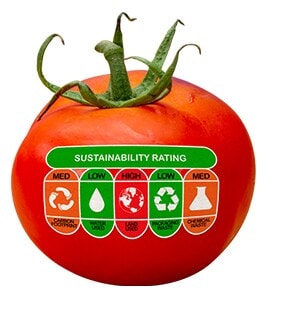

When we hear the word “emissions,” we tend to think of coal-fired power plants or vehicle exhausts. In fact, transportation is an inextricable part of how food reaches us, touching everything from the cultivation and production of foodstuff to their distribution. Even after reaching the retail stage, further emissions will be generated before the food is taken home, prepared, and made ready to eat. Thus, carbon emissions have become an inevitable byproduct of food consumption.
COP26 was motivated by the need to bring world leaders together to come to an agreement on cutting back emissions to curb climate change. As such, the new information on carbon footprints was deemed as relevant for decision-making as the serving size, taste, and price of each item on the menu. While some of the menu items were criticised for running counter to the goal of reducing emissions, the menu was a clever means of raising awareness on the sustainability concerns associated with popular everyday food items. How, then, can we cut back emissions through our food consumption practices?

Sustainable Practice Number One
- Organic Diets
Well-being and health-minded food culture have emerged as major topics of interest in recent years, particularly amid the global pandemic. One of the easiest ways to boost one's immunity is to consume fresh, organic food. Organic foods — foods that have not been treated with chemical fertilisers during production or artificial preservatives during distribution — are widely known to positively affect both health and the environment. By minimally impacting the soil, organic cultivation methods help strengthen the sustainability of farmlands. Meanwhile, the lack of preservatives means that organic foods cannot be transported over long distances which translates into lower greenhouse gas emissions. Another advantage of organic food is that shorter distribution times eliminate the need to account for postharvest ripening, meaning they can be harvested and enjoyed precisely when they have reached peak condition in terms of taste and nutrition.
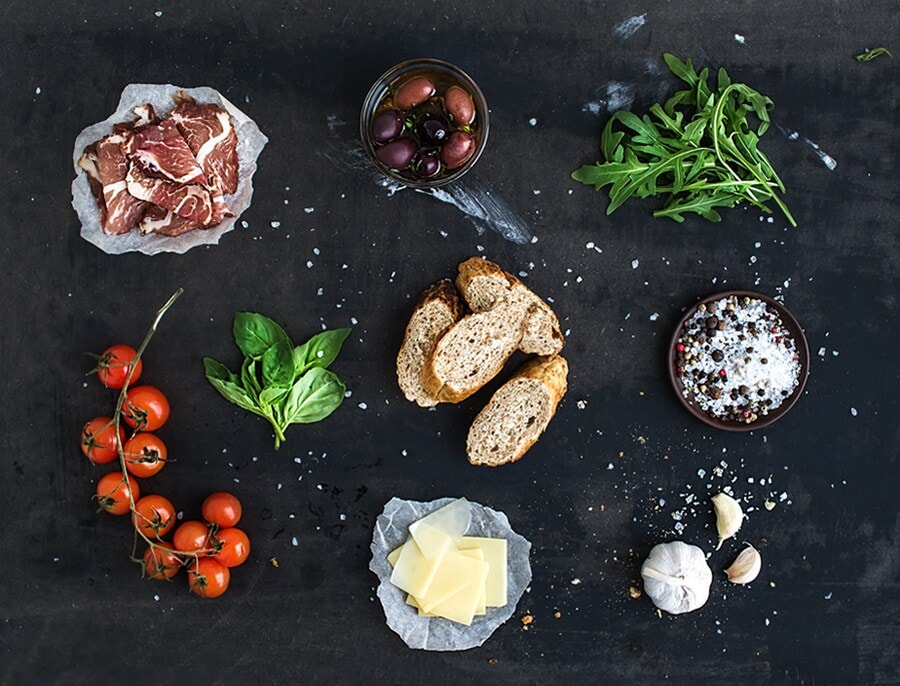
Sustainable Practice Number Two
- Maintaining Freshness
While it would be ideal to make daily purchases of organic food ingredients in amounts that will be consumed immediately, such items may be harder to come by compared to generic food ingredients. This makes the matter of storage — and how to maintain freshness for longer periods — an important one. This also means that users must bear in mind something that is often overlooked: how to best use your refrigerator.
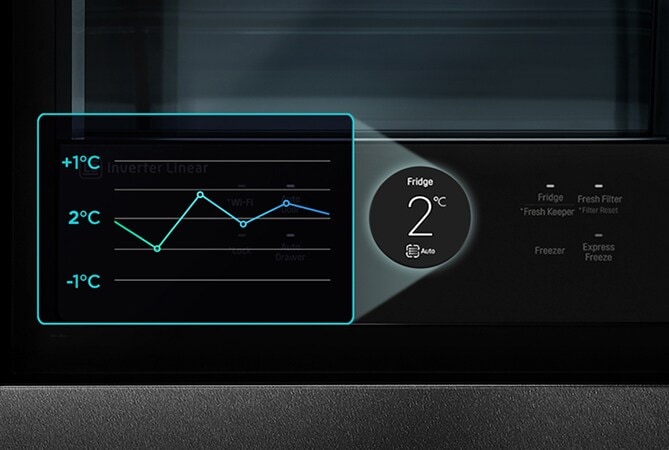
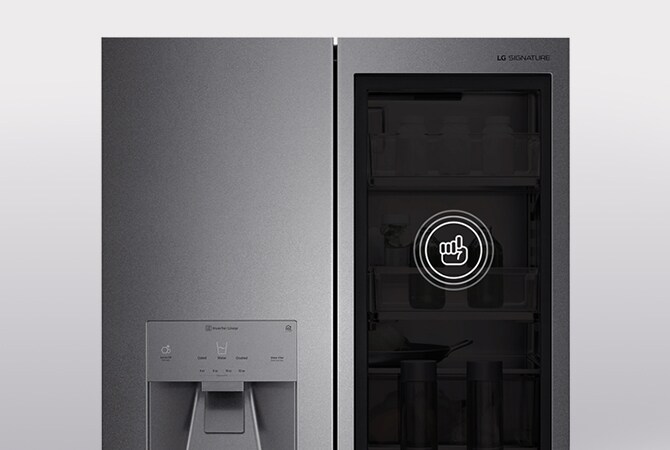
Linear Cooling
Minimise temperature fluctuations
InstaView Door-in-Door®
Reduce cold air loss
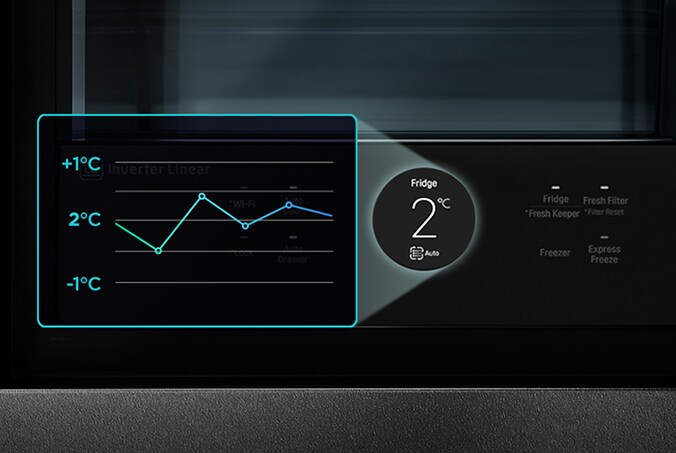
Linear Cooling
Minimise temperature fluctuations

InstaView Door-in-Door®
Reduce cold air loss
Contrary to popular belief, the temperature setting on most refrigerators is often more of a desired temperature setting. When the temperature has been set to 2℃, for instance, the actual temperature may hover somewhere within the 0–4℃ range. Such temperature fluctuations can make foods more prone to perishing. The Linear Cooling™ technology in the LG SIGNATURE refrigerator maintains optimal temperatures by minimising variability, helping food stay fresher, longer.
Another factor that can impact the freshness of food items is user behaviour. Some leave the refrigerator door open for too long or open the door more often than needed. This causes an influx of outside air, again contributing to temperature fluctuations. This is not so much an issue for users of the LG SIGNATURE refrigerator. Equipped with InstaView® technology, with two quick knocks on the mirrored glass panel, users can see inside the quick and easy access compartment without opening the door. This feature not only reduces cold air loss to help keep food fresher for longer, but also saves electricity.
The Problem with Food Waste
A study by the UN Environment Program suggests that approximately 17% of total global food production went to waste in 2019. This is equivalent to almost a billion tons of food waste. Furthermore, it is estimated that 8% of all greenhouse gas emissions originate from food waste (Mbow et al., 2019, p. 200). If food waste were a country, it would be the third largest emitter of greenhouse gases in the world. Considering the fact that not all food waste could be accounted for, the true figure may be even greater.
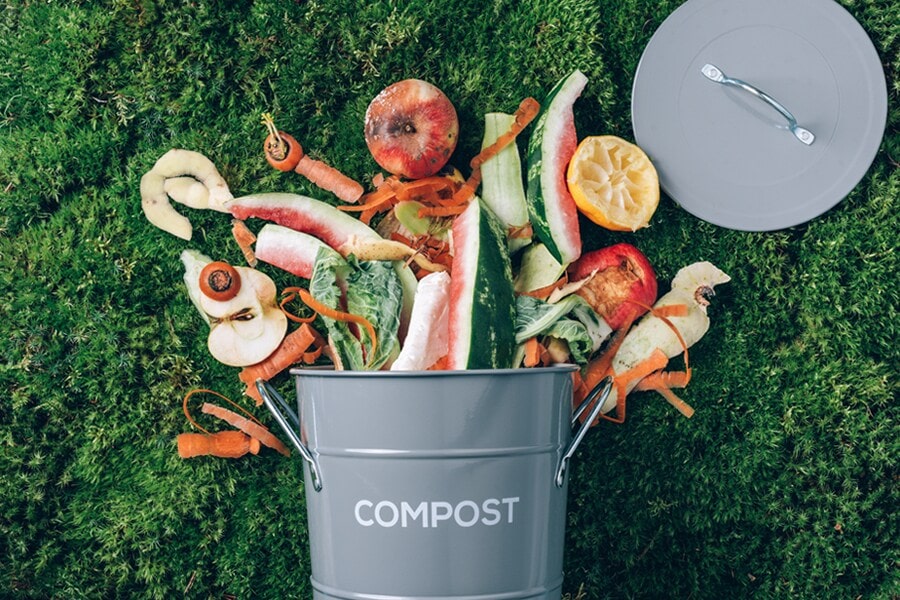
Food waste arises because we produce more food than needed while also failing to properly store the resulting surplus. Practices such as leaving produce too long in the fridge or freezer, as well as not finishing meals, have resulted in higher levels of greenhouse gases gloablly.
Making a habit of maintaining a food ingredient shopping list and planning purchases accordingly can help us keep better track of our diet while also pushing us to manage our refrigerators more efficiently, a plus for our health as well as the environment.

In 1825, French lawyer and famed gourmand Jean Anthelme Brillat-Savarin said, "Tell me what you eat, and I will tell you what you are." We could say that an organic diet, maintaining freshness in food, and prudent purchase habits, as discussed above, are all methods that can help promote a more healthy and environmentally friendly lifestyle.
Likewise, a company's products can tell us much about the company’s values. LG SIGNATURE has worked tirelessly exploring the essential purpose of refrigerators - maintaining the freshness of the items it stores - and honed its technological expertise in pursuit of this goal. In addition to being sustainability-minded, introducing new features for greater user convenience and meticulously manufacturing its products in the spirit of craftsmanship highlights the premium brand's commitment to excellence.